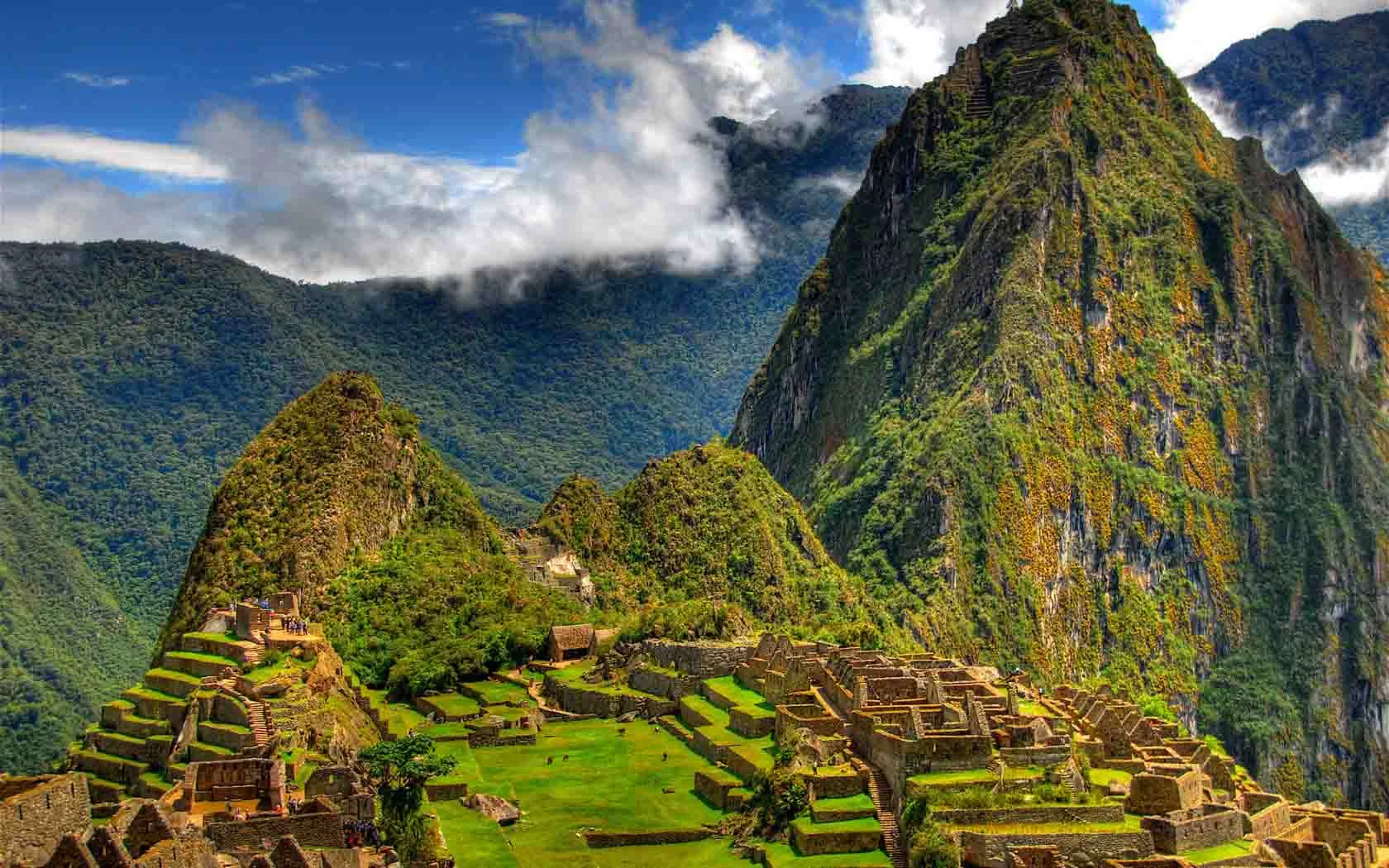
Who Built Machu Picchu? Inside The Historic Incan Site’s Murky History | Travel News
The world first became aware of Machu Picchu in 1911 when American explorer Hiram Bingham, led by local farmers, navigated through the dense tropical forests of southern Peru and stumbled upon the ruins of an abandoned Inca city. Bingham's discovery initiated a lengthy quest to uncover the origins and history of Machu Picchu.
During the 1910s, Bingham, supported by Yale University and the National Geographic Society, returned to Machu Picchu multiple times to map, excavate, and photograph the site. His 1913 National Geographic article drew international attention, and his subsequent book, *Lost City of the Incas*, cemented his reputation as the discoverer of the site.
However, Bingham’s legacy is not without controversy. For one, locals had known of Machu Picchu before Bingham’s arrival, making the term “lost” somewhat misleading. Additionally, Bingham removed many artifacts and human remains from the site, with the Peruvian government’s permission, on the condition that they be returned. Yale largely failed to comply with this agreement for nearly a century.
It wasn’t until 1983 that Machu Picchu was designated a UNESCO World Heritage Site, leading to serious efforts to protect and restore it. Despite the controversies, Bingham’s work played a crucial role in reintroducing this remarkable Incan site to the world, which continues to intrigue historians.
Hiram Bingham’s Exploration of Machu Picchu
In 1911, Hiram Bingham, a Yale professor of South American history, was on an expedition in Peru. Intrigued by the prospect of discovering Inca cities, Bingham sought out the last Inca capital, Vitcos. As he traveled through the Urubamba Valley, he sought clues about the historic city. His journey, detailed in a National Geographic article, led him to Machu Picchu, thanks to local farmer Melchor Arteaga, who pointed him towards the ruins.
Arteaga offered to guide Bingham to Machu Picchu for 50 cents. Following through, Arteaga led Bingham through the forest to the site, which Bingham believed to be “the largest and most significant ruin found in South America since the Spanish conquest.”
Between 1912 and 1915, Bingham and his team conducted several expeditions at Machu Picchu, collecting numerous artifacts and human remains. Their work involved mapping and cataloging the site, and Bingham’s 1913 National Geographic article, accompanied by photographs, showcased Inca architecture to the Western world.
Although Bingham is credited with “rediscovering” Machu Picchu, this claim is disputed since he was guided there by a local. The site, though missed by the Spanish during their conquest in the 16th century, was known to locals long before Bingham’s arrival.
The Construction of Machu Picchu
The Incas constructed Machu Picchu in the 15th century, a mountaintop city with around 200 structures spread across 80,000 acres. It included palaces, plazas, residential areas, sun-aligned temples, a royal tomb, a guard tower, thousands of stone steps, and a sophisticated drainage and aqueduct system. Remarkably, it was built without wheels or metal tools, showcasing the Incas' advanced building techniques.
Most experts believe Emperor Pachacuti built Machu Picchu as a royal retreat rather than a primary residence. It is thought to have served as a place for relaxation, hunting, and feasting. Other theories suggest it may have been a sacred site for pilgrimage and worship.
The city was abandoned in the 16th century, likely due to the Spanish conquest or diseases brought by Europeans. Machu Picchu’s remote location at 7,710 feet elevation helped it remain hidden until Bingham’s discovery.
The Controversy Over Artifacts
In the 2000s, Yale University faced criticism for retaining artifacts and human remains taken from Machu Picchu. Disputes over these artifacts date back to when Peru allowed Bingham to "borrow" them for study in 1911. By the 1920s, many items had not been returned and were kept at Yale’s Peabody Museum.
Pressure mounted over the years, leading to a 2008 lawsuit by Peru. Yale’s attempt to dismiss the case was met with resistance, and Peru sought help from various figures, including the pope and President Obama. Ultimately, a 2010 agreement facilitated by Yale's team, including Richard Burger, led to the return of the artifacts to Peru, nearly a century after they were first removed.
Check Our Suggested Tours:
- Honeymoon In Peru - Peru Honeymoon Packages
- Family Adventure Tour
- The Soul of Two Worlds: A Grand Amazon & Andes Expedition 14d/13n
- From the Heart of the Jungle to the Sacred Mountain: A Luxury Expedition Through the Amazon & Ausangate 16d/15n
- Following the Path to the Sacred Sun Gate
- Peru By Belmond Tour

